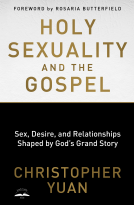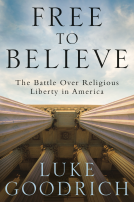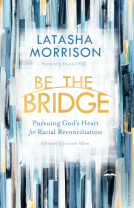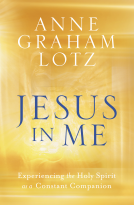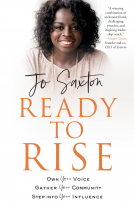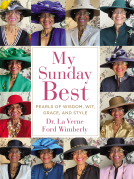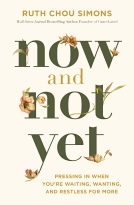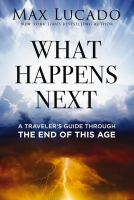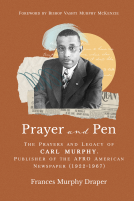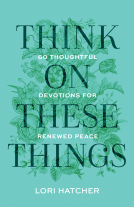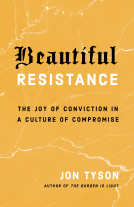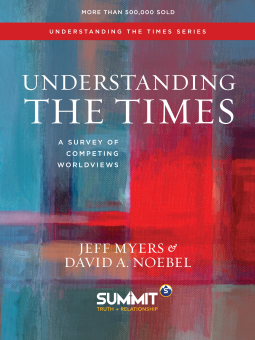
Understanding the Times
A Survey of Competing Worldviews
by Jeff Myers
This title was previously available on NetGalley and is now archived.
Send NetGalley books directly to your Kindle or Kindle app
1
To read on a Kindle or Kindle app, please add kindle@netgalley.com as an approved email address to receive files in your Amazon account. Click here for step-by-step instructions.
2
Also find your Kindle email address within your Amazon account, and enter it here.
Pub Date Sep 01 2015 | Archive Date Jan 14 2016
David C Cook | David C. Cook
Description
You hold in your hands a landmark guide to understanding the ideas and forces shaping our times. Understanding the Times offers a fascinating, comprehensive look at the how the tenets of the Christian worldview compares with the five major competing worldviews of our day: Islam, Secular Humanism, Marxism, New Age, and Postmodernism.
Understanding the Times is a systematic way to understand the ideas that rule our world. While the material is expansive, the engaging, easy-to-understand writing style invites you to discover the truths of God – and our world. This classic should be on the shelf of every Christian home, on the desk of every pastor, and in the hands of every Christian student headed off to college.
Available Editions
| EDITION | Hardcover |
| ISBN | 9781434709585 |
| PRICE | $39.99 (USD) |
Average rating from 6 members
Featured Reviews
 Conrade Y, Reviewer
Conrade Y, Reviewer
How do we understand the cultures of today? How can we speak the truth intelligibly to a pluralistic, materialistic, individualistic, and multi-cultural population? With all the different competing worldviews out there, how are Christians going to speak truth in a marketplace of ideas? According to authors Jeff Myers and David Noebel, in order to understand the times, one needs to know "how tennis champs return opponents' blazing fast serves and how chess masters memorize the position of every piece on the board." Learn the rules. Recognize the patterns. One would then be able to engage effectively and intelligently. A worldview is described as "pattern of ideas, beliefs, convictions, and habits that help us make sense of God, the world, and our relationship to God and the world."
The Christian worldview is one that is centered on the Person of Jesus Christ. The Islam worldview is based on the Quran, and the Prophet Mohammad. New Spirituality is so fluid that it is hard to define. It is defined as a "free-flowing combination of Eastern religions, paganism, and pseudo-science that pops up in odd places." Secularism has humanity at the center of reality. Marxism believes that life is a struggle between the haves and the have-nots. Postmodernism questions set paradigms and deconstructs conventional ideas. By questioning everything, it eventually has to question itself.
This book is a compilation of material that spans 50 years. The six dominant themes are Christianity, Islam, Secularism, Marxism, New Spirituality, and Postmodernism.
Five questions are used to pepper each of these worldviews.
1) What are its sources?
2) What does it say about humanity?
3) What does it say about what's wrong with the world?
4) What does it say about how we ought to live?
5) How does it interpret other worldviews?
The ten lenses are:
Theology: View of God Philosophy: Asking about life's questions Ethics: Goodness Biology: What does it mean to be alive?
Psychology: What makes people human?
Sociology: What kind of relationships one have with others in society?
Law: How is society governed?
Politics: Rule of the city?
Economics: What does it take to run a country?
History: What can we learn from the past?
Readers get to survey the fundamental principles behind each worldview; their morals; the question of God; and philosophies of each school or religion. A book of this nature eventually comes back to a defense of the Christian faith. It aims to distinguish Christianity from all the rest far apart. There is no such thing as all gods are equal or the same. The table at the beginning of the book gives an excellent summary of the six dominant columns and ten rows of understanding the various expressions each worldview brings forth. We learn about the origins of each worldview and how they have been revealed through history. We see the contexts behind the rise of each particular view. Each worldview is compared and contrasted with the other five perspectives. The chapter on New Spirituality is particularly interesting as it contains many observations that the modern man would identify with. It has a contemporary familiarity which makes it a fascinating read about the history and how the movement came into being. It is a potpourri of all kinds of religion.
Let me give three reasons why readers ought to read this book. First, it is extremely comprehensive. Right from the beginning, there is a table of sixty boxes showing readers at a glance what to expect. In fact, one way to read the book is to print out the chart and use it as a reference as one reads each chapter of the book. I would have thought that the boxes can have cross references such as chapters, pages, or some way to link back to the content in the main body. I would even suggest that the e-copies of the book contain hyperlinks to enable readers to quickly get into the chapters or pages of interest. Second, I like the inclusion of Postmodernism and New Spirituality. These two contains lots of contemporary religion and new age symbolism that the contemporary person would easily recognize without understanding its underlying philosophies or religious undertones. By highlighting the two, not only do we gain a better understanding of how they come into being, we can better distinguish them from the traditional religions, especially when many new age spirituality contains a hybrid of beliefs. Kudos to the authors for nailing down some of the specifics of these two rather slippery worldviews which could even mean anything to anybody. This is by no means an easy task and I think the 50 years of experience in dealing with other worldviews have given the authors an added advantage in recognizing the differences of the old religions and the new movements. Third, while this book is restricted only to a small number of worldviews, I think the purpose is to set forth a framework of understanding. With the examples listed, the advanced reader may want to use the same format to research other worldviews like Buddhism; Hinduism; Judaism; Zoroastronism; and so on.
I warmly recommend this book for those interested in comparative religion. It can also be a useful manual to kickstart a discussion of the various beliefs. As the world becomes more pluralistic and complex, a book of this nature can go a long way in establishing a way to make sense of the world we live in. This is what Understanding the Times is all about. What better way to love our neighbour then to understand what and why they believe what they believe in. Plus, we have a ready response to anyone who asks us for the hope that we have in Christ.
Rating: 4.75 stars of 5.
conrade This book is provided to me courtesy of David C. Cook Publishers and NetGalley in exchange for an honest review. All opinions offered above are mine unless otherwise stated or implied.
